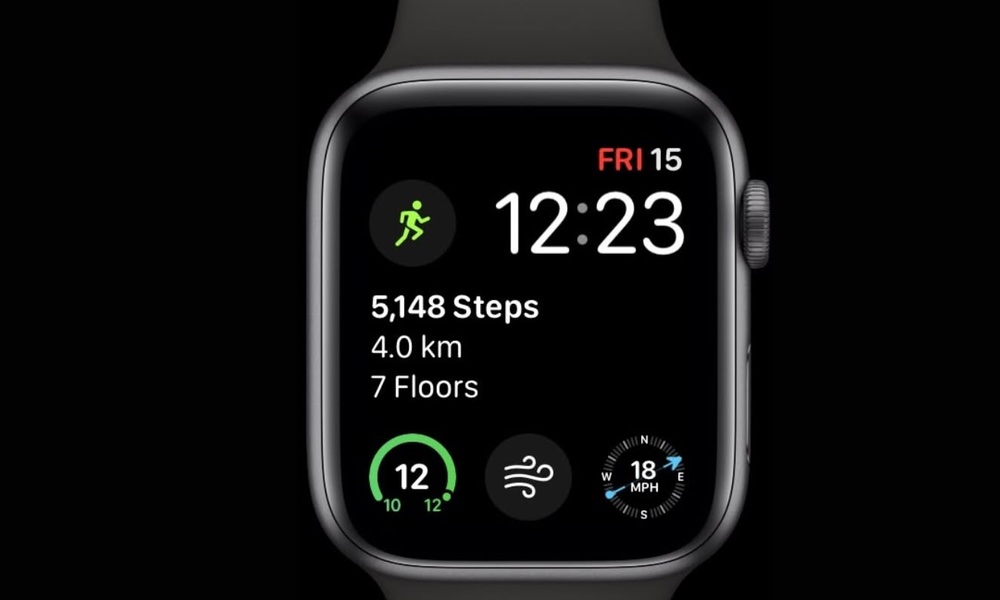Sometimes it really is hard to know what you've got until it's gone. Take trees. Who would have known that when trees die, people die too? An 18-year study has found that as the emerald ash borer was devastating ash trees in Midwestern and Northeastern communities, more people were dying from heart and lung disease in these communities.
The emerald ash borer is a beetle originally native to Northeast Asia. It was accidentally introduced into the U.S. sometime in the 1990s and first spotted near Detroit in the summer of 2002. North American ash trees have little or no resistance to the beetle, which has so far killed at least 100 million ash trees in the Northeastern and Midwestern United States. Purple ash borer traps have been showing up around the Northeast in an effort to track and halt the beetles' progress.
Using data collected from 1,296 counties, researchers found an additional 15,080 deaths from CV disease and an additional 6,113 deaths from lower respiratory disease in infested areas.
This massive loss of trees gave researchers at the Forest Service a unique opportunity to study the impact of tree loss on human health. Looking at county level mortality data from 15 states for the years 1990-2007, the researchers found increased death from cardiovascular and lower respiratory (chiefly lung) disease in counties infested with the ash borer. These are the first and third most common causes of death in the U.S.
The researchers understand that the idea that tree loss actually caused these deaths will be greeted with some skepticism. It's much easier to believe that the two events are unconnected and that some other factor caused the extra deaths. But the researchers couldn't find any such factor. The effect was found in counties with very different demographics. Even after accounting for factors like income, race and education, the effect remained. It also got stronger over the years, as the insect infestation progressed.
Although the study can't prove the connection between dying trees and dying people, much less show a specific reason for it, such a link could be explained by trees' demonstrated ability to improve air quality, moderate temperature and lower stress.
As a partial check that their results were not spurious, the researchers also looked for an association between the ash borer and accidental deaths. While not quite a control, finding such an association would be unexpected and difficult to explain. The fact that no such association was found makes it likelier that the link to heart and respiratory deaths is a valid one.
Other studies have hinted that trees and green spaces can improve people's health, lowering asthma and illness in general. The can also stimulate creativity. But most have been smaller in scope and considerably less thorough than the present study.
An article on the study appears in the February 2012 issue of the American Journal of Preventive Medicine.




